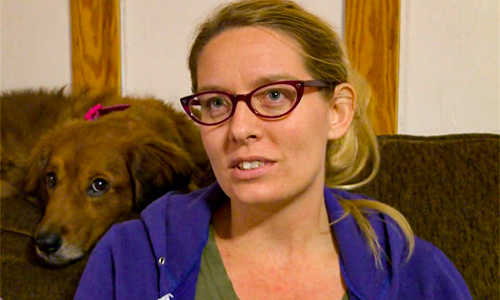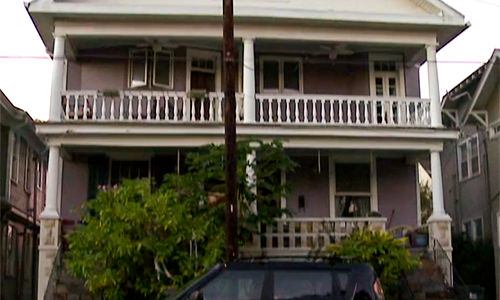Project Goals
- Shoot a short documentary movie (1-2 minutes) about a real life topic.
- Develop a concept with an interesting character and story.
- Conduct an interview with your subject(s) and tell a video story about them.

In the lecture, we discussed various approaches to storytelling, exploring the different ways in which film makers turn scripts or documentary concepts into movies.
In this exercise your storytelling skills will be put to the test. You are to shoot a short documentary movie (no more than 1-2 minutes) about a real life topic.
You'll need to shoot some interview sequences and use what you learned about developing an effective story concept. There are good stories all around us. The best stories aren't always about politicians or major catastrophes. Some of your best friends and neighbors likely have great stories to tell, go out and find them!
Think about a concept, a character, and a story. Ask people around you or look up events happening in your neighborhood or church. Think about the basic elements of the story you want to tell.
You will need at least one person to interview. Imagine your best case scenarios for how the story should go. Imagine how it will look and sound.
Note
Exercises will be evaluated for understanding of course concepts.
For inspiration, here is a sample short documentary video that I shot about the "cleansing" of a house in New Orleans that was troubled by ghosts:
In the movie, you can see the basic elements of storytelling:
To plan your video shoot, you want to think about your characters. What people or pets will be the subjects of your video? What story do you want to tell about them?

My story revolved around the interview of the couple who claimed that their house is haunted.
You'll need to have at least one human subject, so develop a list of interview questions and think of a good setting for the story that you want to tell.
As we learned in the lesson, showing is better than telling—showing actions or events is generally more effective than having a narrator describe it.

I knew I needed this classic paranormal shot using night vision to show the ghost busters trying to communicate with the spirits.
Think about what actions you need to show on film. What are the most essential, characteristic, or just plain interesting ways to show that action? What kinds of lighting or perspectives will be needed to tell the story?
Establishing the place and time for the viewer are key aspects of visual storytelling. Think about what shots of location will be needed. Can you make the location, time of day, and environment a part of the story?

Establishing shot of the spooky house.
You may need several shots to capture your location, or you may prefer keep it simple, as I did in my video with only three scenes at one location.
Something else to think about is the time of day. If you need to shoot a series of events that occur at different times of day, how will you maintain continuity and communicate time passing?
Think about using any planning tools that make sense for your project.
After you've edited your story together, don't forget to write a short summary of your experiences in creating the project. What was your project goal? What challenges did you overcome along the way?
What are your favorite parts of your movie and what parts would you do over if you had the chance?
What your instructor is looking for:
If you have a question before sending your completed exercise for grading, send a message through Canvas to contact your instructor.
Back to TopI look forward to seeing your work!